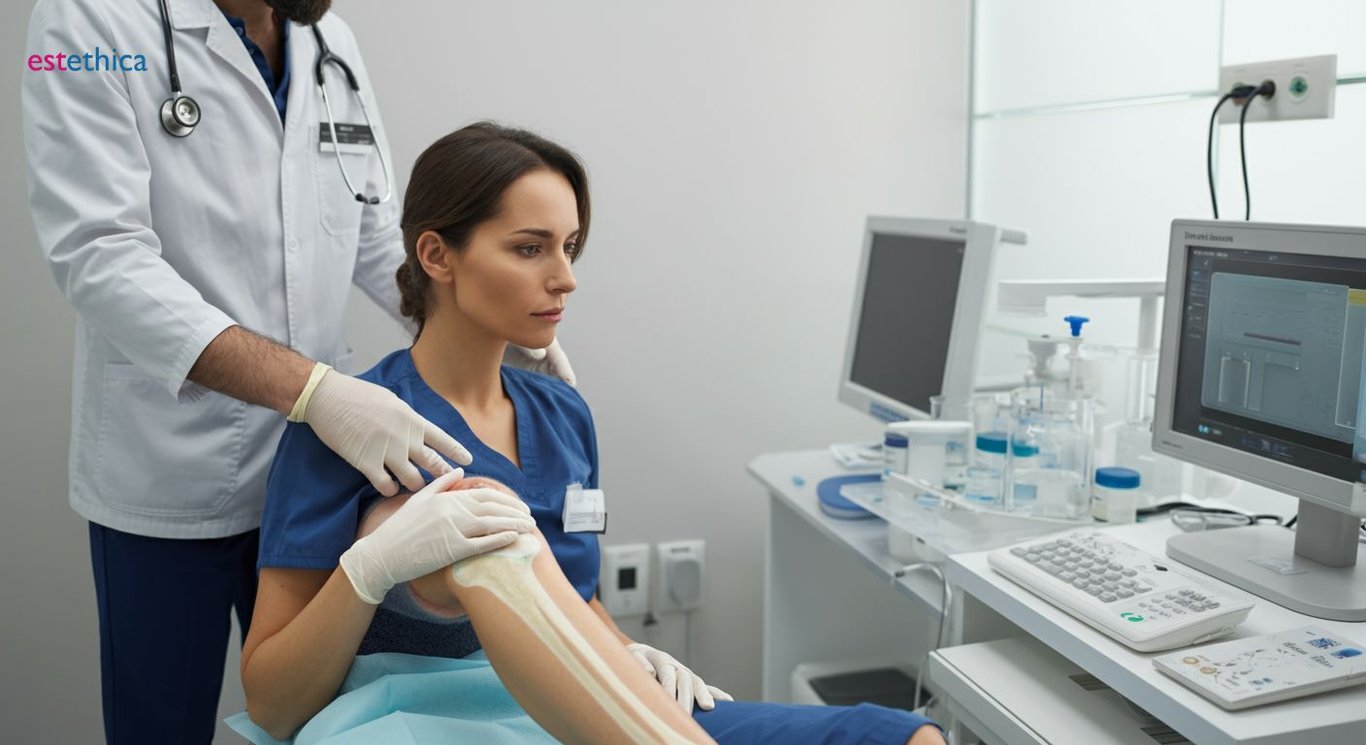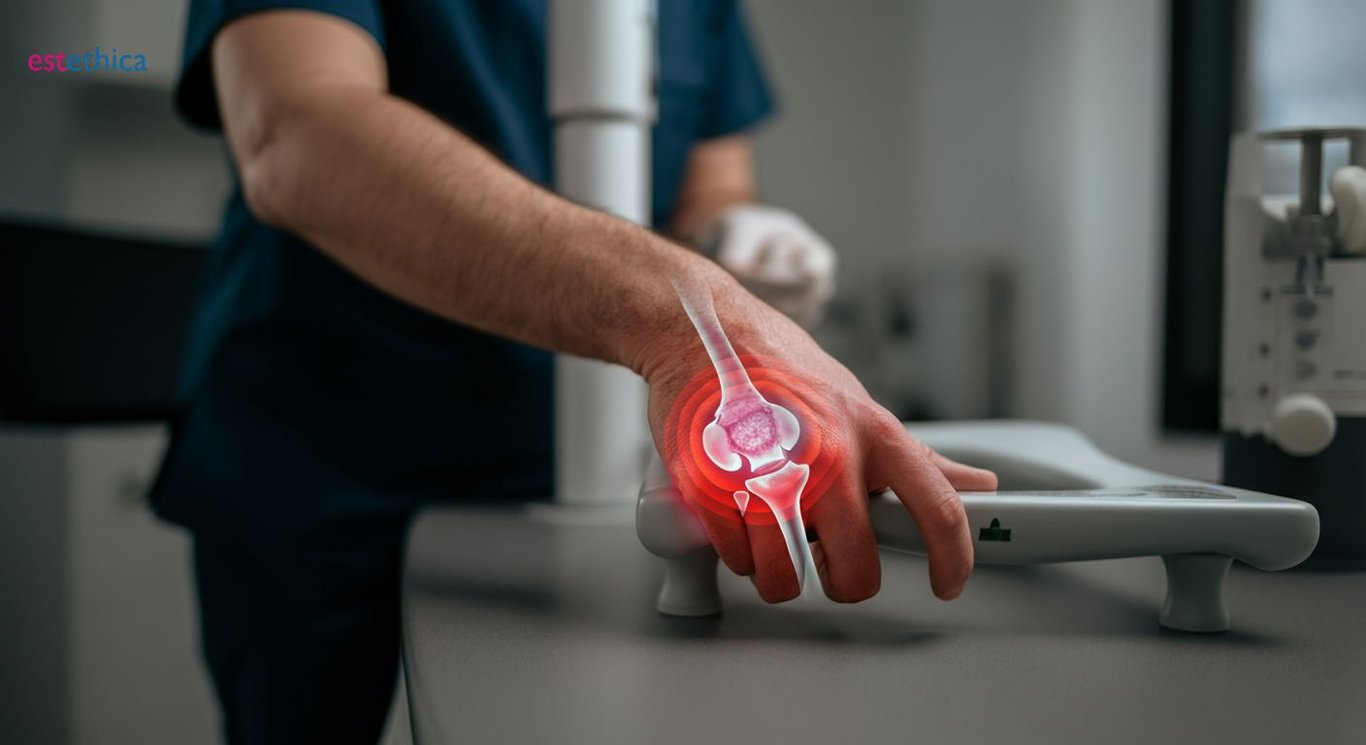Unlock Radiant Skin: The Transformative Benefits of Stem Cell Therapy
Unlock the secrets of stem cell therapy and rejuvenate your skin with groundbreaking regenerative treatments.
Stem Cell Therapy: A New Era in Skin Care
Discovering the transformative potential of stem cell therapy for skin health unveils a realm of possibilities for rejuvenation and vitality. With advancements in regenerative medicine, stem cell treatments have emerged as promising therapies to combat aging and enhance skin renewal. This article explores the fundamentals, benefits, and future prospects of stem cell applications in dermatology.
What You Need to Know About Stem Cell Therapy
Understanding Stem Cell Therapy in Skin Care
Stem cell therapy is revolutionizing skin care by utilizing undifferentiated cells capable of transforming into various cell types. These cells play a crucial role in repairing and regenerating damaged tissues, offering potential solutions for skin rejuvenation and anti-aging. For instance, stem cells can help reduce wrinkles, improve skin elasticity, and promote a youthful appearance. Additionally, they can aid in healing scars and other skin imperfections, making them a valuable tool in cosmetic dermatology.
Key Benefits of Stem Cell Therapy
- Promotes natural skin regeneration, leading to healthier and more vibrant skin.
- Reduces signs of aging, such as fine lines and wrinkles, by enhancing collagen production.
- Improves skin texture and tone, offering a more even and youthful complexion.
These benefits highlight the potential of stem cell therapy as a non-invasive alternative to traditional cosmetic procedures.
How Stem Cell Treatment Works
- Harvesting: Stem cells are collected from sources like bone marrow or adipose tissue.
- Processing: The cells are isolated and concentrated in a laboratory setting.
- Application: The processed cells are injected into the target area to promote healing and regeneration.
This process underscores the precision and care involved in stem cell treatments, ensuring safety and effectiveness for patients seeking skin care solutions.

Exploring the Benefits of Stem Cell Treatments
Enhancing Skin Health Through Regenerative Medicine
Stem cell treatments are at the forefront of regenerative medicine, offering transformative benefits for skin health. These treatments harness the power of stem cells to repair and regenerate damaged skin cells, leading to improved texture and elasticity. For example, individuals with sun-damaged skin have reported significant improvements in skin tone and resilience after undergoing stem cell therapy.
Key Advantages of Stem Cell Treatments
- Boosts collagen production, resulting in firmer and more youthful skin.
- Accelerates healing of scars and blemishes, enhancing overall skin appearance.
- Reduces inflammation, which can help alleviate conditions like acne and rosacea.
These advantages make stem cell treatments a compelling option for those seeking non-invasive solutions to enhance their skin health.
The Process of Stem Cell Treatment
- Collection: Stem cells are sourced from the patient's own body, ensuring compatibility.
- Isolation: The cells are carefully isolated and prepared for treatment.
- Application: The prepared cells are applied to the skin, targeting areas in need of rejuvenation.
This meticulous process ensures that stem cell treatments are both safe and effective, offering a promising avenue for skin rejuvenation.

How Stem Cell Therapy Works for Skin Regeneration
Mechanisms of Stem Cell Therapy in Skin Renewal
Stem cell therapy for skin regeneration operates through intricate biological mechanisms. Once stem cells are harvested, they are either injected or applied topically to the skin. These cells then initiate a cascade of natural repair processes, enhancing collagen production and promoting skin renewal. For example, individuals with aging skin have observed a noticeable reduction in wrinkles and improved skin elasticity following treatment.
Key Mechanisms of Action
- Cell Differentiation: Stem cells transform into specialized skin cells, aiding in tissue repair.
- Growth Factor Release: These cells release growth factors that stimulate collagen synthesis.
- Anti-inflammatory Effects: Stem cells help reduce inflammation, improving skin conditions like eczema.
These mechanisms highlight the potential of stem cell therapy to naturally rejuvenate and restore skin health.
Steps in Stem Cell Therapy Application
- Harvesting: Stem cells are collected from autologous or allogenic sources.
- Preparation: The cells are processed and prepared for application.
- Administration: The prepared cells are applied to the target areas, initiating regeneration.
This structured approach ensures that stem cell therapy is both precise and effective, offering a promising solution for skin regeneration.

Future Innovations in Stem Cell Dermatology
Emerging Technologies in Stem Cell Delivery
As stem cell research advances, innovative delivery systems are being developed to enhance the effectiveness of treatments. One promising approach involves using nanoparticles to transport stem cells directly to damaged skin areas, ensuring precise targeting and improved outcomes. Additionally, micro-needling techniques are being explored to facilitate deeper penetration of stem cells into the skin layers, maximizing their regenerative potential. These advancements could revolutionize how stem cell therapy is applied in dermatology, offering more efficient and targeted solutions for skin rejuvenation.
Key Features of Advanced Delivery Systems
- Nanoparticle carriers enhance the precision of stem cell targeting.
- Micro-needling increases the depth of stem cell penetration.
- Biodegradable scaffolds support sustained cell release.
These features highlight the potential of new technologies to improve the efficacy of stem cell treatments in dermatology.
Steps in Developing Safer Stem Cell Protocols
- Research: Conducting extensive studies to understand potential risks.
- Testing: Implementing rigorous safety trials to ensure treatment reliability.
- Implementation: Integrating findings into clinical practice for enhanced patient safety.
These steps are crucial in establishing robust safety protocols, making stem cell treatments more accessible and trustworthy for a wider audience.
Innovative Stem Cell Therapy Techniques for Skin Rejuvenation
Excellence in Stem Cell Therapy for Skin Regeneration
Frequently Asked Questions
What is stem cell therapy and how does it benefit skin health?
How is stem cell therapy applied for skin rejuvenation?
What are the key benefits of stem cell treatments in dermatology?
Are there any risks associated with stem cell therapy for skin care?
What future innovations are expected in stem cell dermatology?
Discover the path to 'Healthy Beauty' with estethica's expert care. Call now for your free consultation and take the first step towards a more confident you!
📞 Call for Your Free Consultation